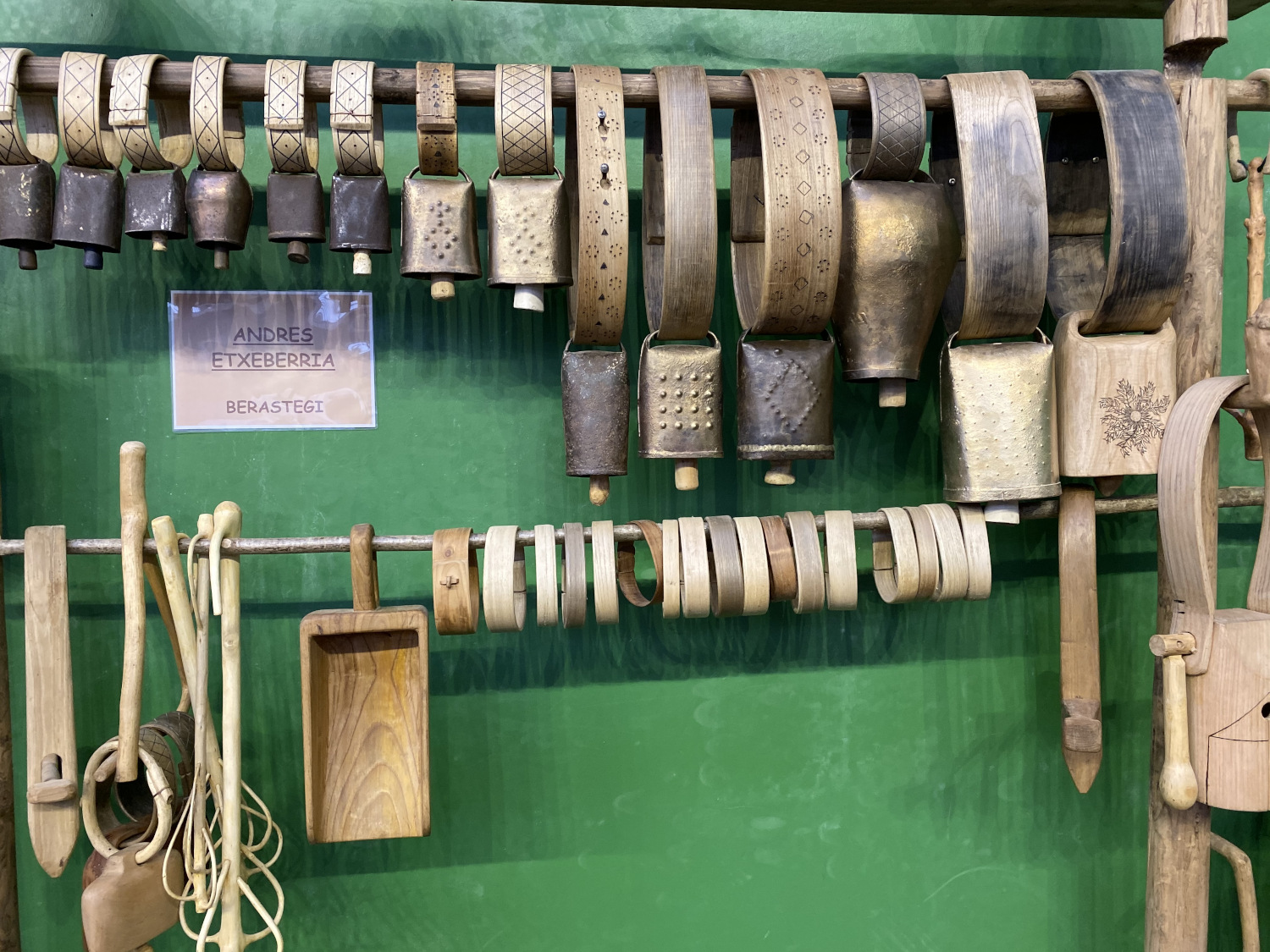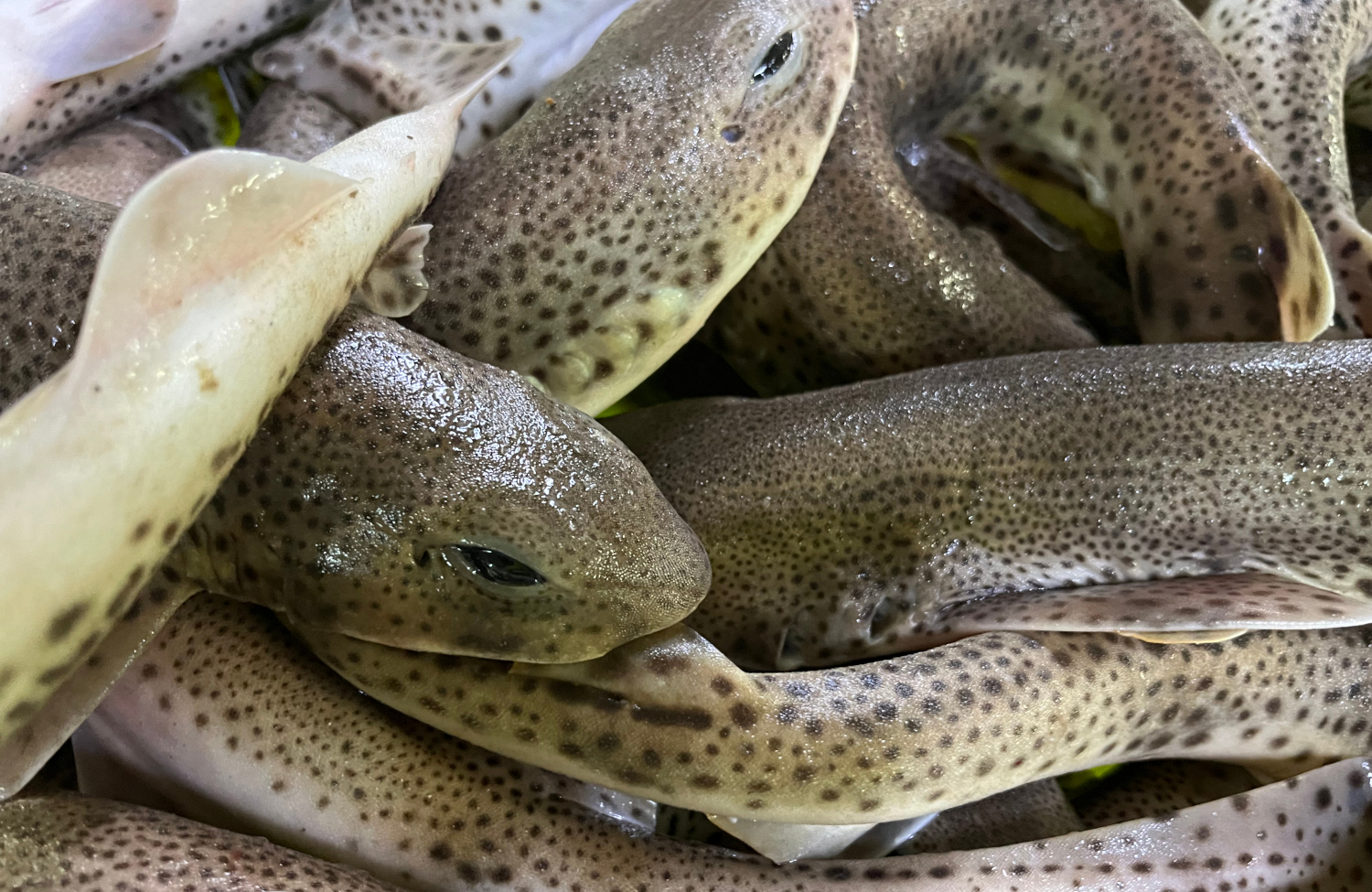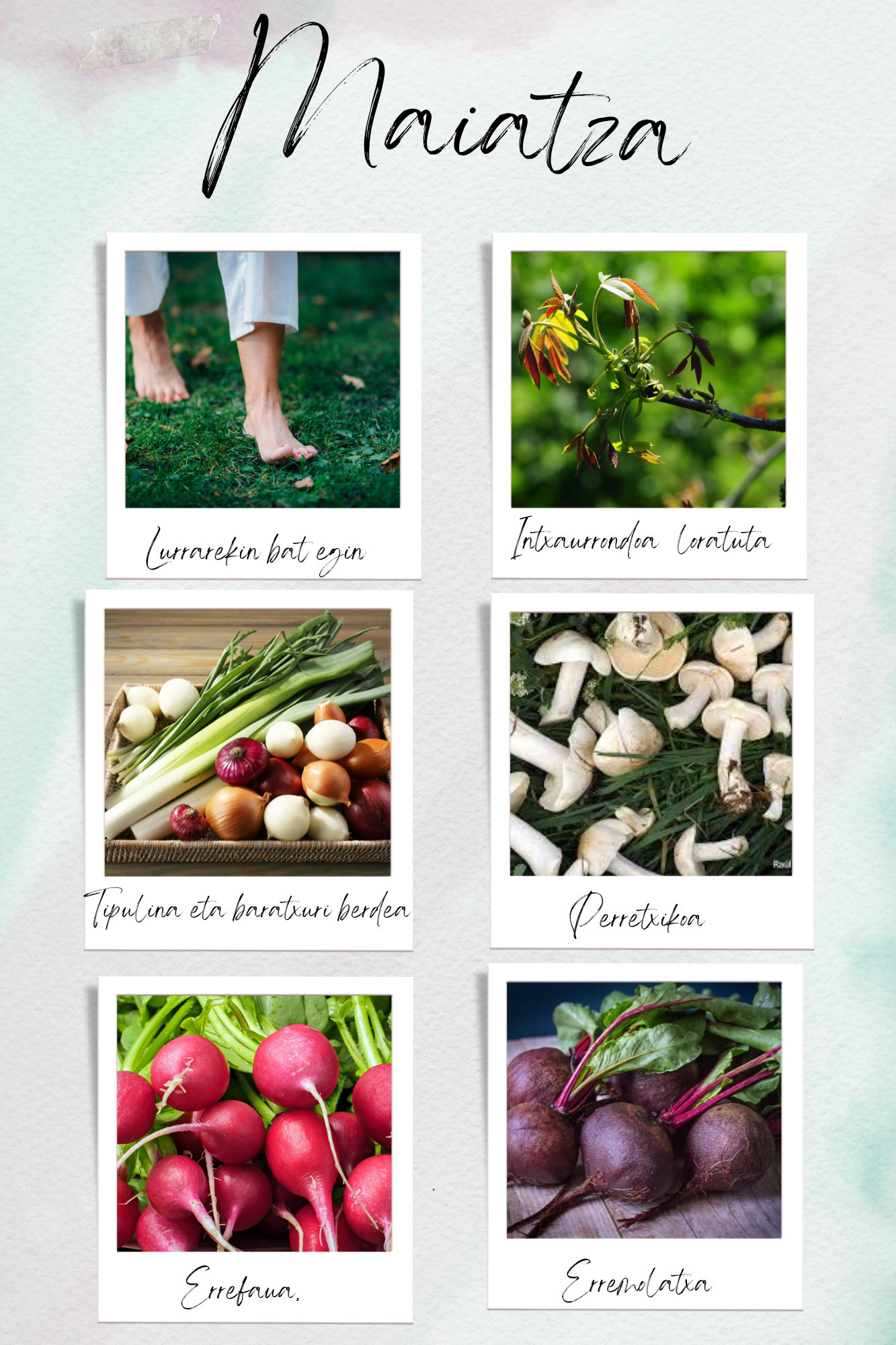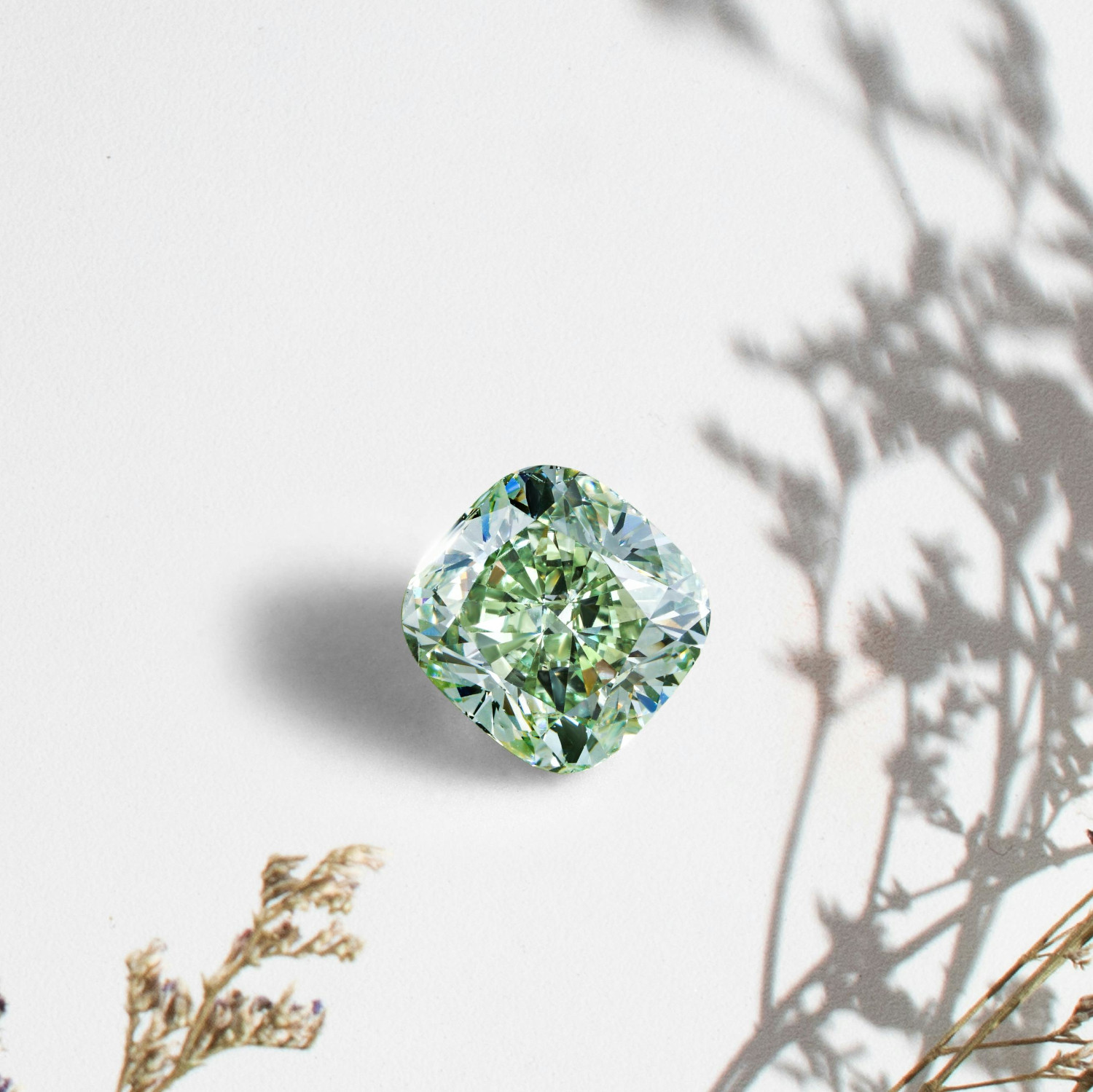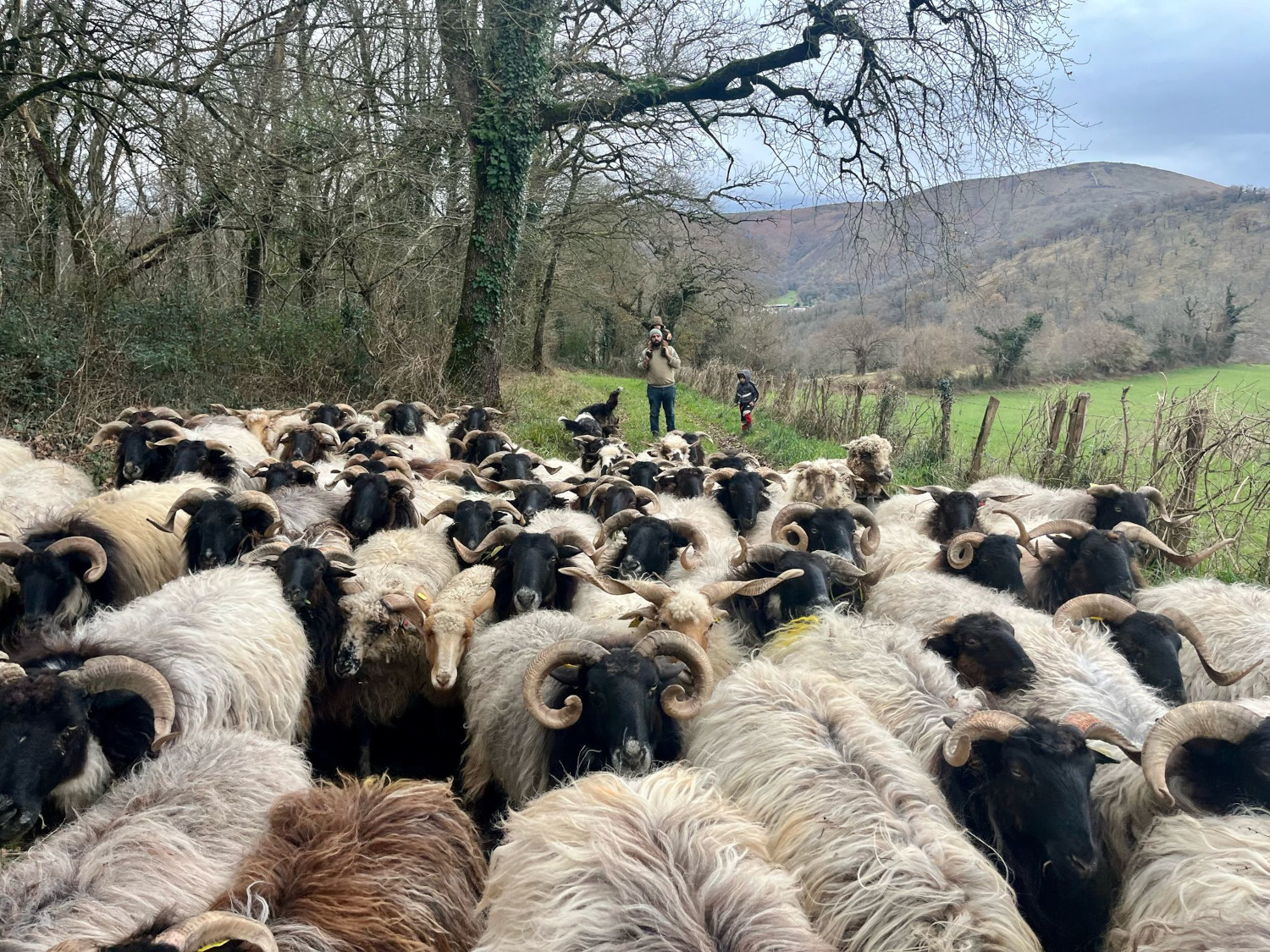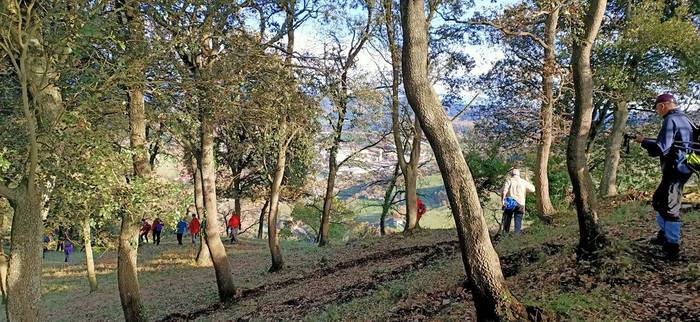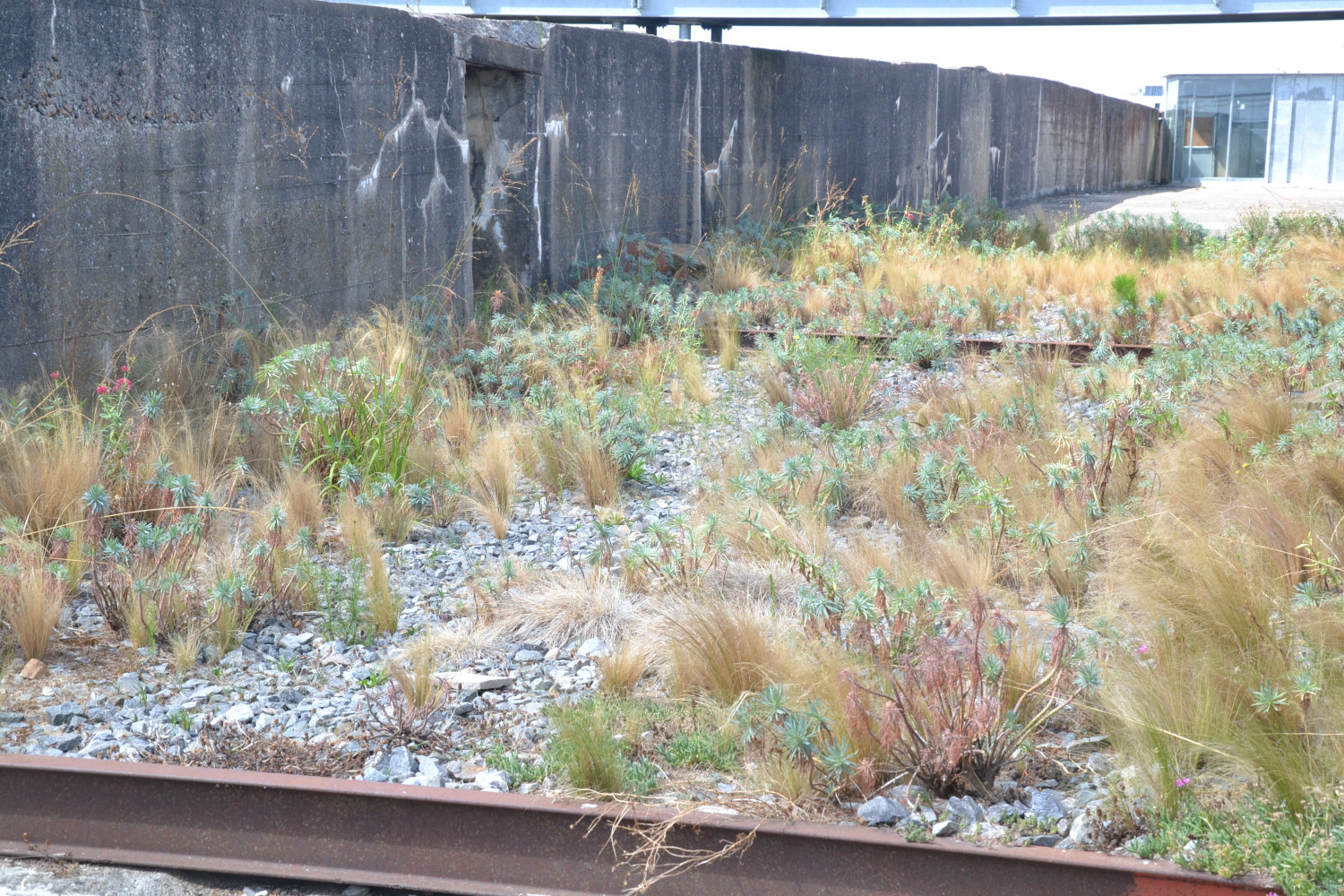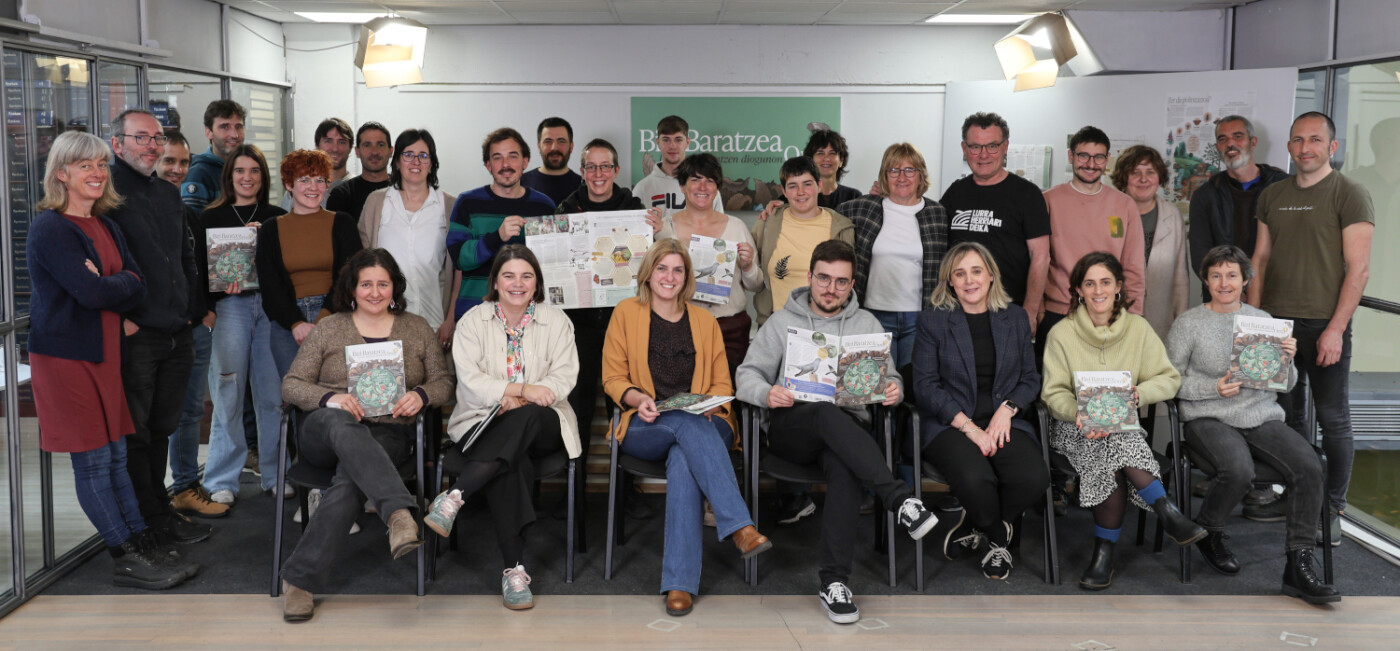That's more clumsy than the sapine
- There is a plant we call "ribbon" (Chlorophytum comosum). The scientific name does not provide any special information, it is only a green plant (the Greek Chloros + phyton) that displays its flowers in spongy coletons (the Greek comosum). The tape is by the shape of its leaves, so it's narrow, thin and long. It's also flexible, because it's a topic for tape making, but that I know is not used as a link. Also in Spanish it is called “ribbon” and “ribbon plant”, a ribbon. In the Basque Wikipedia, the carrizales themselves: the leafy (Tipha latifolia) and the jaldre (Tipha angustifolia) appear as “belt belts”. They are also called “enea”, “txuflaska”, and the leafy “iron grass”, which is used to sew the back of the chairs.

Unlike the tape, they are used to make carts and laces. Very long leaf, they're a good material for making strings. Many other plants have been used to make laces. Branches, shells, leaves and blankets, as well as roots and straw are ideal for moulding moms, hairs, sapines, spoons, ligaments, etc.
In one and the other, pulling at those I've heard, seen and read, here are a lot of plants that have been used. Castaño (Castanea sativa), tilo (Tilia spp. ), fragile wicker (Salis fragilis), majestic wicker (Salix viminalis), white wicker (Salix alba), weeping wicker (Salix babylonica), red wicker (Salix purpurea), tinted wicker (Salix eleagnos), wicker (Salix rubens nabams), coris-sp (Sara sativa. ), flax (Linum usitatissimum), loca oats or histu herb (Avena fatua), property (Urtica dioica), pudre locusts (Epilobium angustifolium), yellow herb (Iris pseudocorus), zarza (Rubus spp. ), astalarrosa or lamb (Canina rose), left tongue or hops (Humulus lupulus), maize (Zea mays), sparks (Ligeum spartum and Stipa tenacissima), claw or goat leaf (Lonicera caprifolium), Vascones prairie (Belucum). I would like to highlight the latter, which is probably among the most widely used. If you have never heard of it, look at its names: naughty, naughty, bidurri, ligarza, bilur and bilurda at least. Oak roots (Quercus robur) have also been used for twisting and are called “mischievous”.
It should not be forgotten that at the end of many of these laces it was placed in the form of a crochet, hook or ring of wood, often of muela (Taxus baccata).
The lace of the cords with the closest would be a way to make life easier; a good road. How many twists have been given to the themes of these plants? The saying goes like this: it is more tortuous than the sapine.








